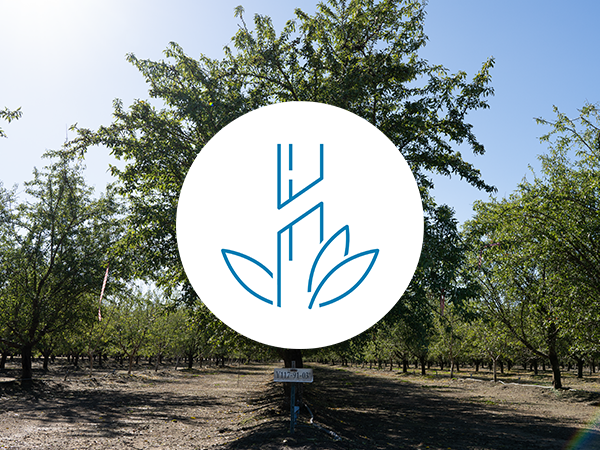Course Description
The Speaker presents the almond variety breeding strategy aimed at diversifying almond varieties to meet market demands and enhance traits such as self-compatibility. This diversification is driven by the need for pollinators for nonpareil almonds, which are not self-compatible and require pollinizers. Regional variety trials, started in the 1970s, have evaluated the performance of different varieties, contributing to the current top 15 almond varieties in California. The strategy includes three main almond variety categories: nonpareil, mission, and California types. The development of self-compatible varieties has changed the traditional pollinizer configuration, promoting management efficiency and uniformity. Despite this, the goal remains to avoid monoculture by maintaining variety diversification. Objectives to accelerate development and evaluation of almond varieties include integrating quality and sensory characteristics and implementing a strategic outreach plan. Actions taken include the Almond Crack Out event and ongoing regional variety trials to gather valuable data. The trials cover various aspects like bloom timing, yield, and disease resistance. Overall, the plan involves a strategic alliance with UC Davis and international breeders to provide accessible information to growers, aiming to ensure the industry’s resilience and adaptability.
Course Objectives:
After completing this course, learners will be able to:
- Understand the almond variety breeding strategy aimed at diversifying almond varieties to meet market demands and improve traits such as self-compatibility.
- Identify the significance of pollinizers in almond cultivation, especially for nonpareil almonds, and explore how self-compatible varieties have changed traditional pollinizer configurations.
- Explain the role of regional variety trials in evaluating almond variety performance, contributing to the development of California’s top almond varieties since the 1970s.
- Recognize the importance of maintaining variety diversification to avoid monoculture, while improving management efficiency and uniformity in almond cultivation.
- Examine the goals for accelerating almond variety development, including the integration of quality, sensory characteristics, and the execution of strategic outreach plans.
- Analyze the ongoing regional variety trials, covering aspects like bloom timing, yield, and disease resistance to gather data for future almond variety development.
- Discuss the strategic alliance with UC Davis and international breeders to make information accessible to growers and enhance the resilience and adaptability of the almond industry.

